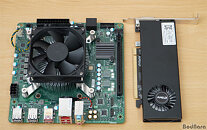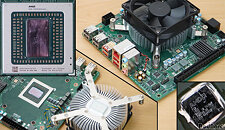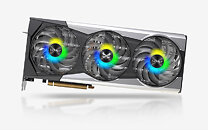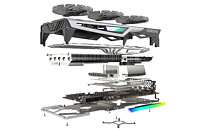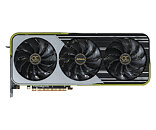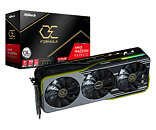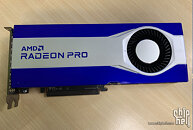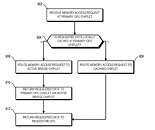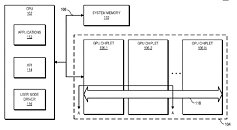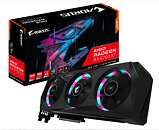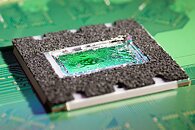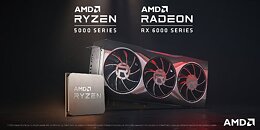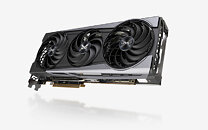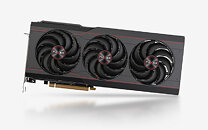
MSI Announces Delta 15 and Alpha 15/17 AMD Advantage Laptops with Radeon RX 6000M Series Graphics
MSI, a world-leading gaming brand, announces the all-new AMD-powered gaming laptop, Delta 15 and the revamped Alpha 15/17, equipped with the AMD Ryzen 5000 H Series Mobile Processors and the up to latest AMD Radeon RX6700M Series Mobile Graphics. MSI continues to fulfill the diverse demand of gaming and leverage the strength in the AMD product line.
Delta 15 and Alpha 15/17 all come with the latest Radeon RX6000M Series Mobile Graphics, 1.5x faster performance compared to previous generations AMD graphics. * Powered by the AMD Radeon RX 6700M, Delta 15 provides ultra-high frame rates, while the Alpha 15/17, equipped with the AMD Radeon RX 6600M, delivers 1080p gaming at max settings.
Delta 15 and Alpha 15/17 all come with the latest Radeon RX6000M Series Mobile Graphics, 1.5x faster performance compared to previous generations AMD graphics. * Powered by the AMD Radeon RX 6700M, Delta 15 provides ultra-high frame rates, while the Alpha 15/17, equipped with the AMD Radeon RX 6600M, delivers 1080p gaming at max settings.


